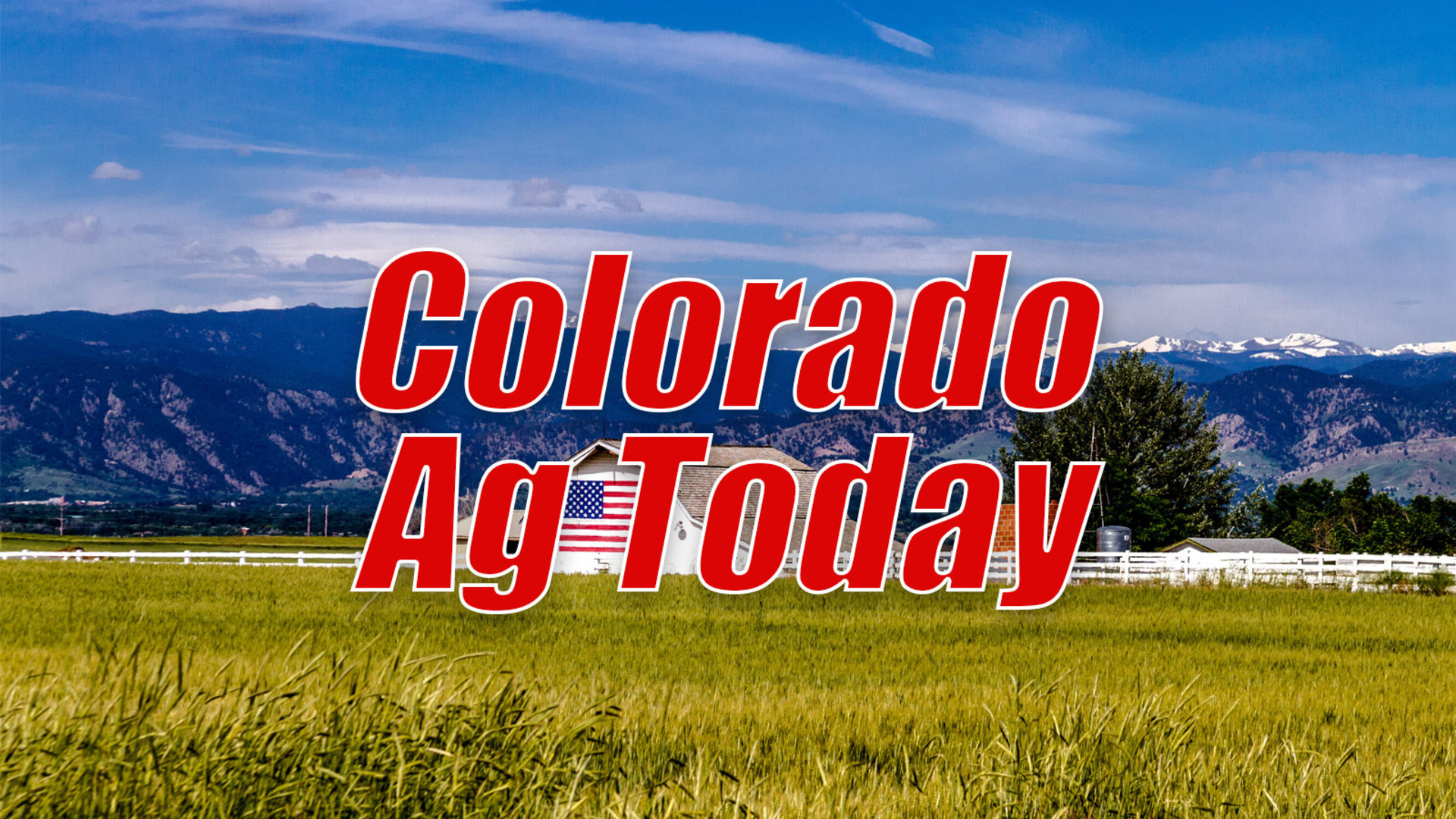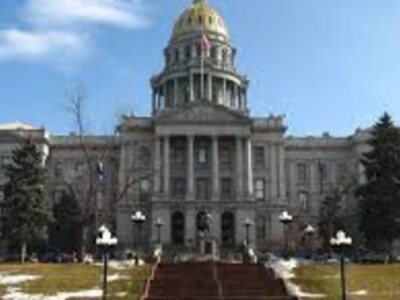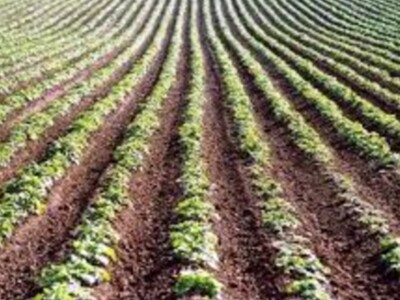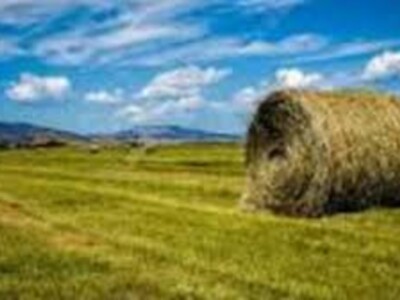Grazing is Essential to Sage Grouse Conservation
Yesterday, Public Lands Council President Brenda Richards testified at a Senate Subcommittee hearing about the importance of grazing in sage grouse habitat conservation. Richards stressed in her testimony that grazing is a critical contribution to the birds’ conservation.Richards: “We’ve been working on collaborative efforts for conservation for the sage grouse for more than 20 years. Those efforts have proven to be effective — the numbers are up by the Fish and Wildlife’s own counts — up 63 percent over the last two years. Over 80 percent of the sage grouse habitat is on private lands, adjacent to federal lands. So we are an intrical part of the collaborate efforts and the success of the conservation of the bird. All the data and the science shows that the sage grouse thrives where the cattle and sheep graze. So healthy rangelands also provide healthy habitat for the sage grouse. Again in the rural West that is an intrical part of our communities and the lifeblood of our economies and so it is a win-win situation.”
Across the west, roughly 22,000 ranchers steward approximately 250 million acres of federal land and 140 million acres of adjacent private land. With the private landowners participation essential in increasing sage grouse numbers. However, concern remains that local stakeholder input is being ignored by the Bureau of Land Management. Richards continues
Richards: “Again over decades of collaborative efforts and on the ground success stories have proven that the habitat has increased. The habitat is healthy — we need to look at that and not at a top down approach with regulations or disincentives to continue those success stories and collaborative efforts on the ground.”


















